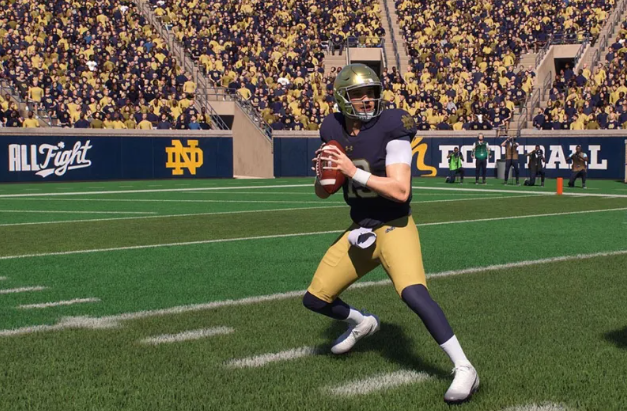Short-yardage situations in College Football 26 Coins can be some of the most high-stakes moments in a game. Whether it's third-and-one or goal-line scenarios, knowing how to consistently gain those crucial few yards can make the difference between sustaining a drive and turning the ball over. This guide will break down formations, plays, and strategies to help you maximize success in tight spaces.
Understanding Short-Yardage Situations
Short-yardage situations are defined as any play where your team needs two or fewer yards for a first down or touchdown. Defenses anticipate these plays and often bring extra players close to the line of scrimmage, making power runs difficult. The key to success is recognizing defensive alignments and selecting plays that exploit gaps or misdirection.
Optimal Formations
Several formations excel in short-yardage scenarios in College Football 26:
I-Formation – This classic formation features a quarterback under center with a fullback and tailback lined up directly behind. The fullback serves as a lead blocker, paving the way for a power run between the tackles.
Single-Back Formation – A single back with multiple tight ends creates extra blocking along the line. This setup is versatile, allowing both strong interior runs and occasional quick passes if the defense overcommits.
Goal-Line Formation – Used near the end zone, this formation stacks the line with additional blockers, including tight ends and sometimes extra linemen. It's ideal for quarterback sneaks or power runs to punch through a dense defense.
Recommended Plays
Choosing the right play is crucial in short-yardage situations. Effective options include:
Power Run – A straight-ahead run behind a lead blocker. This is often the most reliable choice and works well against defenses that stack the line.
Quarterback Sneak – Best for one-yard or less situations. The sneak relies on quick execution to catch the defense off guard.
Dive Play – The running back charges directly into an interior gap. Success relies on precise timing and strong blocking.
Play-Action Pass – Occasionally, faking a run can open up a short pass to a tight end or slot receiver, particularly if the defense is heavily focused on stopping the run.
Tips for Maximizing Success
Read the Defense – Before snapping the ball, check how the defensive line and linebackers are positioned. Overloaded sides reveal where the defense expects the run.
Timing is Key – Short-yardage plays often succeed or fail by fractions of a second. Ensure your quarterback and running back are perfectly synchronized.
Mix It Up – Avoid predictability. Combining runs, sneaks, and quick passes keeps the defense guessing.
Leverage Player Skills – Use your strongest and fastest backs for these plays, and consider your quarterback's mobility for sneaks or short runs.
Adjust On-the-Fly – If the defense consistently stops your plays, try misdirection runs or quick passes to exploit openings.
By mastering formations, understanding defensive tendencies, and executing well-timed plays, you can dominate short-yardage situations in cheap CUT 26 Coins. Consistently gaining critical yards keeps your drives alive and puts your team in the best position to score, giving you a decisive advantage over opponents.

